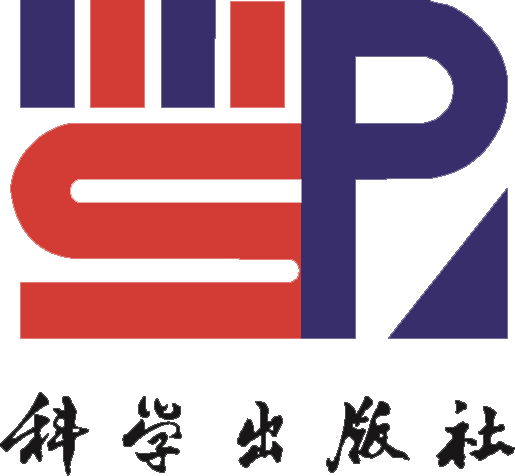[关键词]
[摘要]
结合新采集的材料与前人研究,综合分析拉萨地块申扎永珠乡下拉组中类动物群的构成与时代,并将其与同期华南类动物群进行对比。分析结果表明,申扎下拉组的类动物群共16属(含1亚属,2存疑属),70种(含比较种与未定种),时代为茅口期,大致相当于Roadian阶上部至Wordian阶。与同期华夏区华南的类动物群相比,下拉组的类动物群在属种构成,尤其是优势类群方面差异显著,其主要特征为Neoschwagerinidae与Verbeekinidae两科的种级分异度很低,Chusenella与Nankinella占优势地位,且缺失了约60%华南的常见属。
[Key word]
[Abstract]
Over the past two decades, the interpretation regarding the paleogeographic evolution of the Lhasa Block has been rather controversial. Some believed that the Lhasa Block was located in the northern margin of Gondwanaland until Late Triassic (Norian) and then rifted from Gondwana (Metcalfe, 2002); while others argued that the rift took place in later Early Permian (Ueno, 2003). Fusulinids have been proved to be a useful fossil tool in Permian paleogeographic reconstruction (Sheng et al., 1981; Ozawa, 1987; Belasky et al., 2002; Ueno, 2003), thus a detailed study of the Permian fusulinids in the Lhasa Block could provide pivotal paleontological evidence for solving the aforementioned dispute.
[中图分类号]
Q915.641
[基金项目]
国家自然科学基金(No.40232024)资助课题





